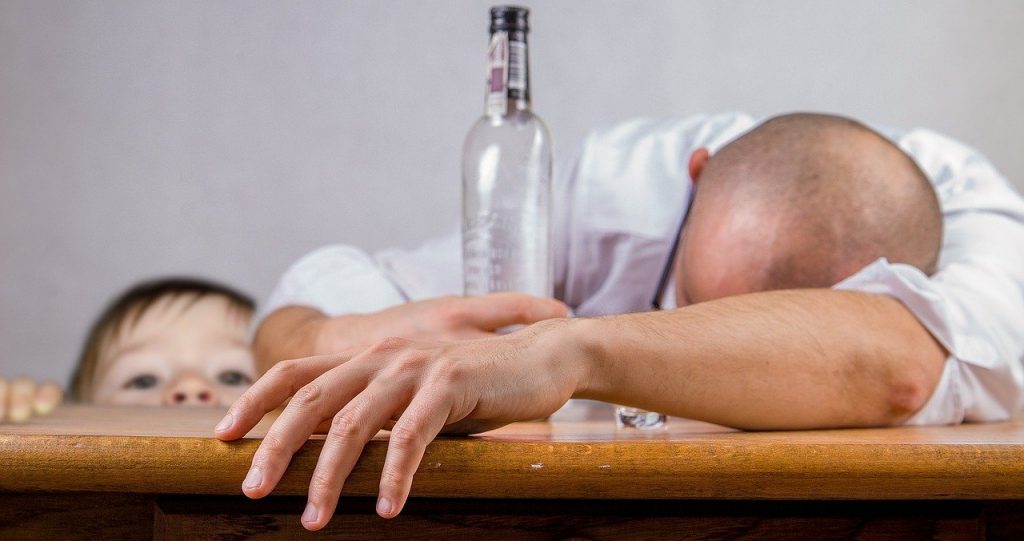What is ‘drinking too much alcohol?’

We see it all the time – children separated from their parents because “excessive alcohol consumption” creates a risk in the family home.
But what is “excessive” – and what exactly is the risk of drinking too much alcohol?
Is there a standard answer to how much alcohol is too much?
There are no standard answers, the truth lies with the individual parent.
But that doesn’t stop courts from using one-size-fits-all definitions. This standard definition can be unhelpful when it comes to deciding in the best interests of the child.
Why Family Courts should use segmented hair drug and alcohol testing
What is ‘excessive alcohol consumption’?

Every government has its own definitions of “social”, “excessive” and “chronic” drinking.
As does every institute, professional body and regulator with a vested interest!
All of which muddies the waters for the courts and leaves people even more confused.
Different definitions of ‘excessive drinking’:
- The UK Government defines “excessive drinking” as 64 grams of pure ethanol per day for men and 48 grams for women.
- The National Institute for Health and Care Excellence (NICE) defines “chronic drinking” as 120 grams per day, regardless of gender.
- The Society of Hair Testing (SoHT) makes no distinction between “excessive” and “chronic” – stating that 60 grams per day for either gender is “chronic excessive”.
- The World Health Organisation (WHO) takes a firmer line, stating there is no safe amount of alcohol to drink.
How do alcohol tests measure the consumption of alcohol?
To complicate things further, these definitions of ‘excessive drinking’ ignore the impact of binge drinking. A social drinker and binge drinker can show similar levels in a hair test.
This is because a hair strand alcohol test only shows the total consumed over a period of time (usually 3 months). The upshot is that labs can estimate an average daily intake, but can’t identify peaks and troughs of consumption.
This makes it impossible to gauge the risk to a child in the parent’s care. A low even pattern of consumption (think a social drinker) can be perfectly safe. However, a binge drinker with spikes of excessive drinking can pose a severe threat.
Issues of alcohol testing inconsistencies

These inconsistencies point to a serious problem.
It’s impossible to pinpoint the exact moment where safe alcohol consumption crosses the red line and becomes too much. Where it starts to place the child at risk.
Read more about blood alcohol testing and hair alcohol testing
How can courts decide how much alcohol is too much?
In extreme cases, where alcohol levels indisputably point one way or the other, no problem. But in cases where levels are open to interpretation, what then?
For the partisan, it may be tempting to pick whichever definition happens to fit the case! But that only leads to back-and-fore contradiction and more uncertainty for the judge. How can they be expected to choose wisely between 2 or more rival assertations?
Hence the need to treat the parent as an individual. Through medical interpretation, we can establish their history of alcohol consumption and consider three critical factors:
FACTOR 1: Personal Tolerance for alcohol consumption
When does drinking become excessive consumption for them individually? Whether the answer puts them above or below the common levels of excess, it’s far more meaningful as a way of measurement.
FACTOR 2: Personal Behaviour
How does alcohol affect their mood, their manner and actions? How does this manifest as a risk, both to themselves and their family?
For example:
- Does consumption make them more affectionate or aggressive/neglectful?
- Does alcohol limit their self-control and increase the risk of violent behaviour?
- Does alcohol impair their sense of responsibility? This could lead to neglectful habits like leaving children alone or spending money on alcohol rather than essentials?
- Do they show mental health problems or anti-social traits that could increase the risk of abuse or neglect?
FACTOR 3: Personal Testimony
Claims of abstinence are common, especially among parents who are being monitored over time.
If the claim is false, the lab will often disprove it by showing the levels of ethanol. But conversely, if the claim is true, there’s still a question mark. This is because a negative alcohol test can’t be taken as definitive proof of abstinence.
In cases where quantitative data comes up short, a qualitative assessment is the best tool at our disposal. When the medical expert assesses the parent’s history and patterns of alcohol consumption, they can gauge the truth. This then offers a more considered view to the court.
These three factors demonstrate the need for personal assessment. And this is why we do things differently here at Atkinson Lewis.
Why alcohol testing can help prevent child deaths
Alcohol testing with Atkinson Lewis

We see the initial test as a broad measure only. The first part of a rich evidential picture points towards the truth.
So our standard MIFA report (Medical Interpretation of Forensic Analysis) looks at evidence in the round to help judges make safer, more informed decisions.
Whether the case involves the misuse of drugs or alcohol.
Why do we think it’s important?
This is a critical matter because parental drinking accounts for one in three childhood cases of death or serious injury. It’s vital that we assess every risk with the utmost level of accuracy – and only a thorough personal assessment can achieve this.
Of course, we can barely scratch the surface of this topic in just a few hundred words. So our Medical Director Dr Catherine Pyves often puts together a detailed talk for safeguarding professionals.
This helps look more fully at The Evidential Picture in cases involving alcohol or drugs.
Register interest for a Family Law Solicitors CPD Event
How Can We Help You Today?
We’re here to assist with private and public law cases in the Family Courts. If you’ve got a question, need a cost or you’re ready with an instruction, give us some details and we’ll get back to you quickly.